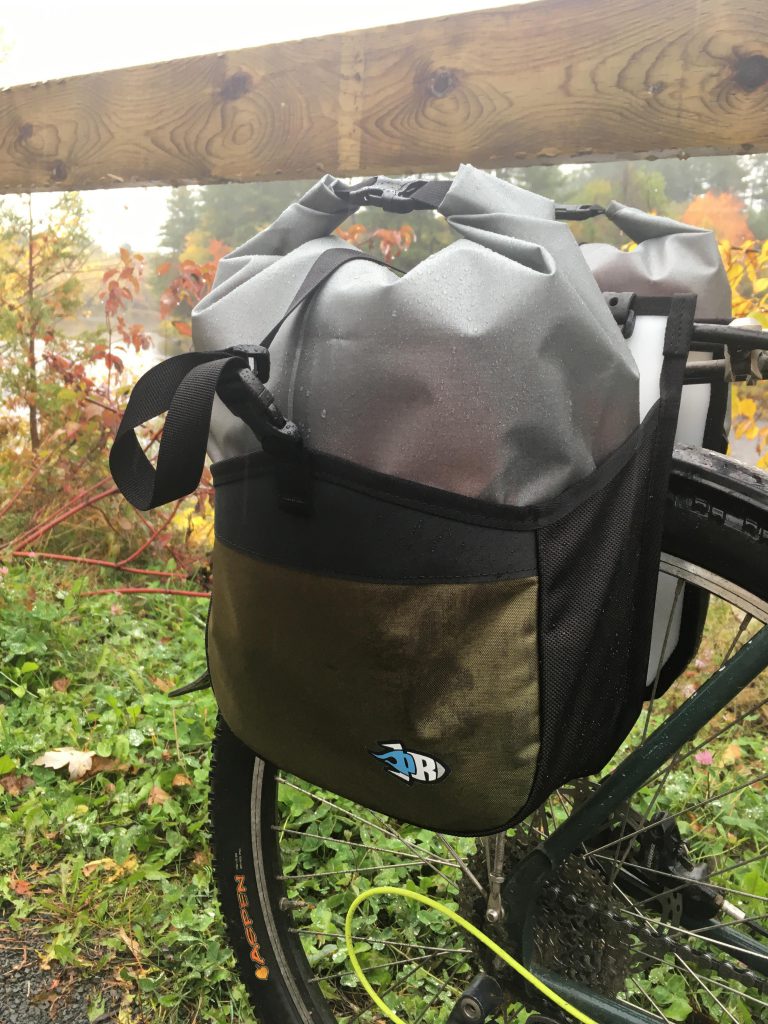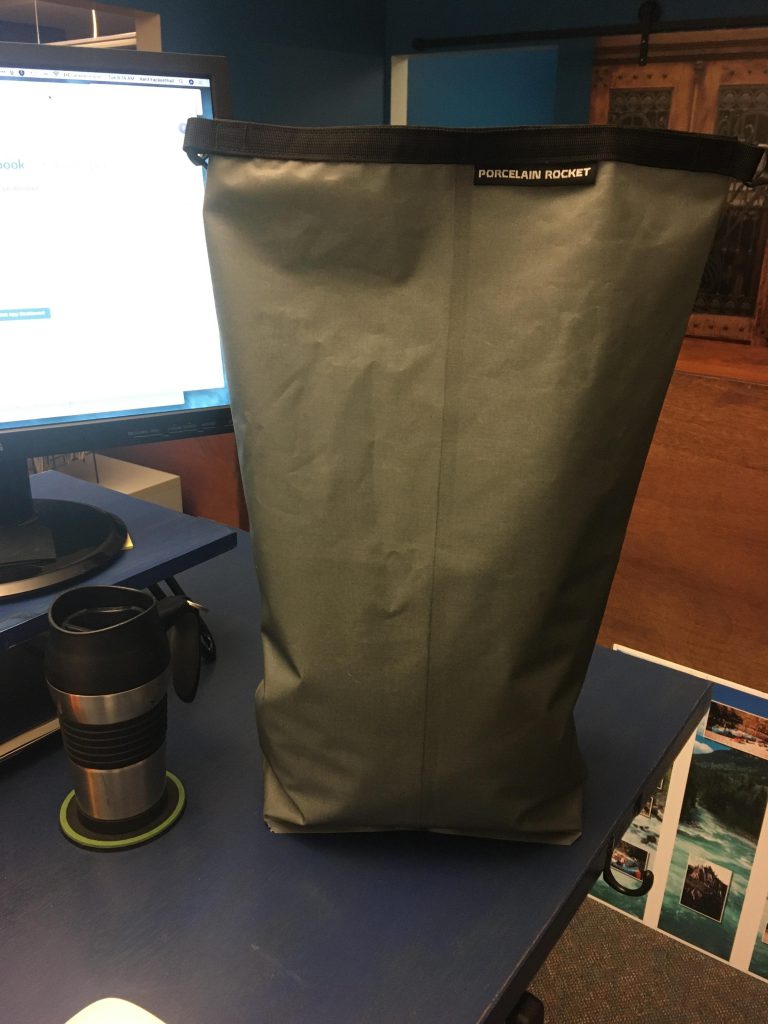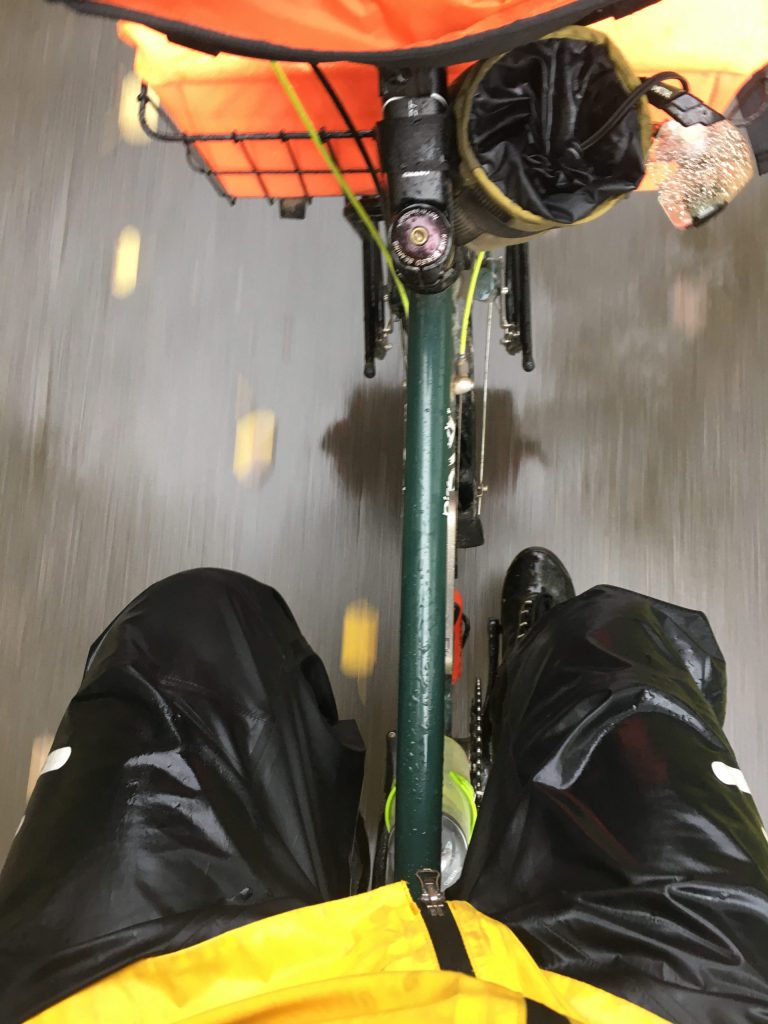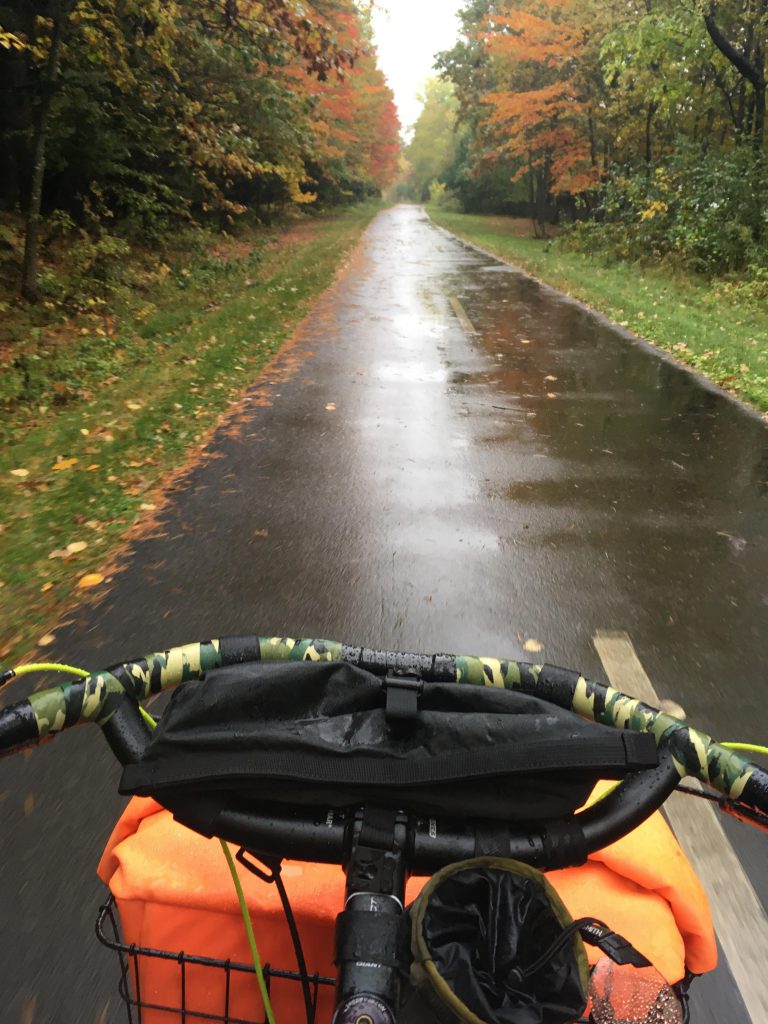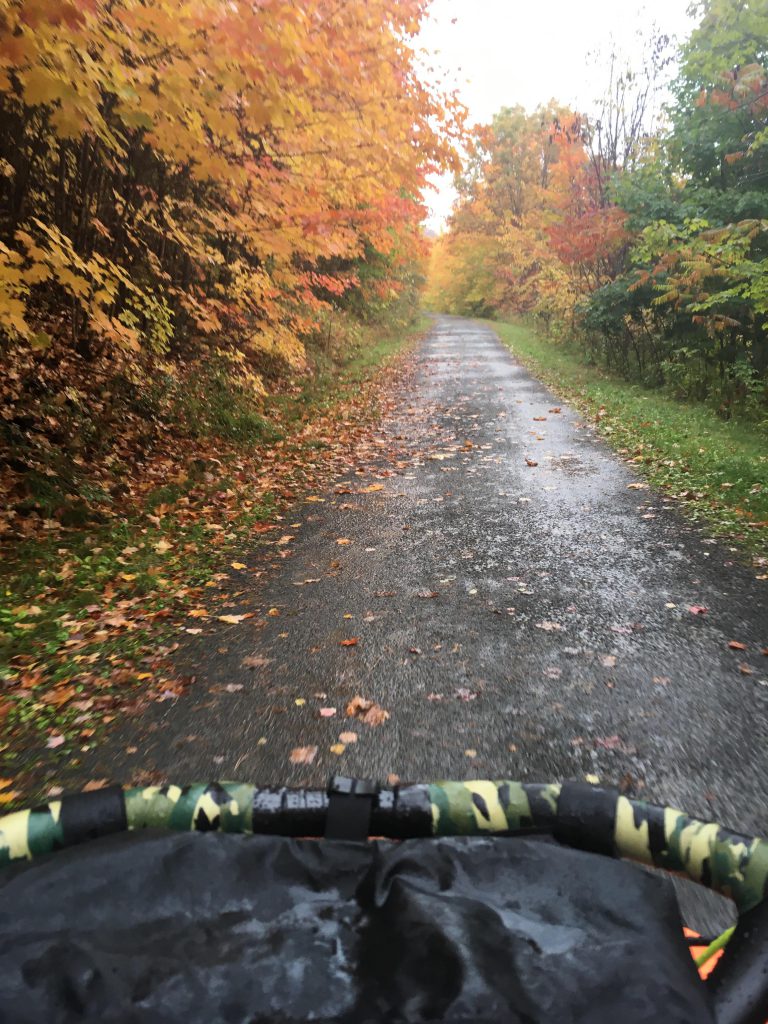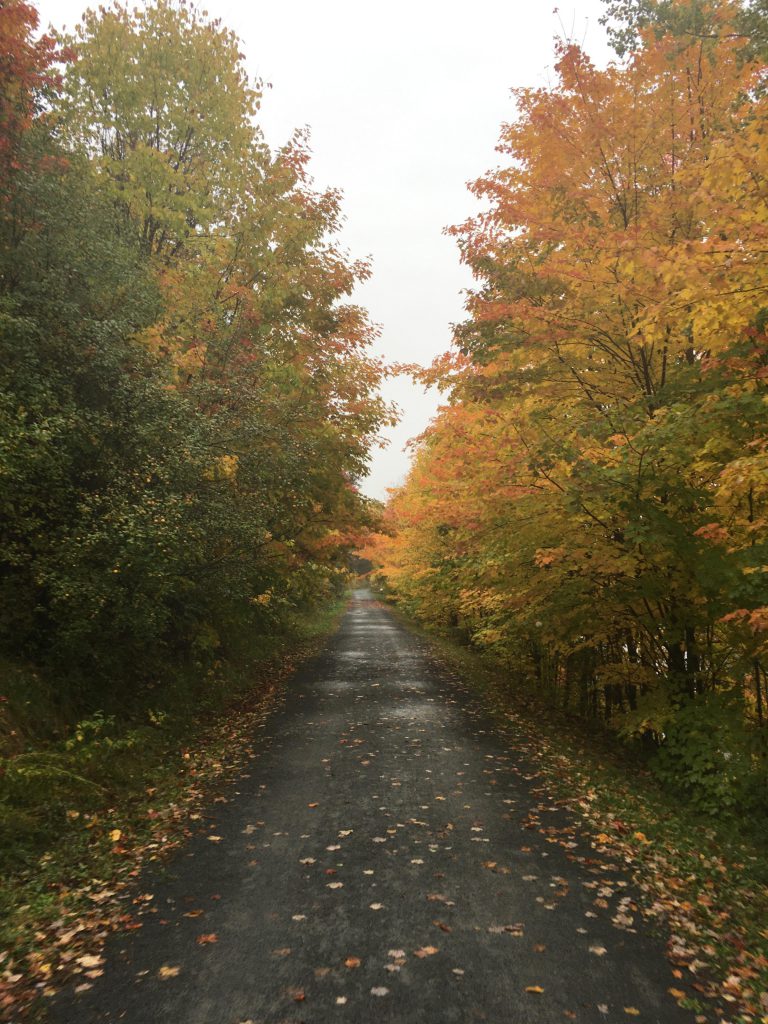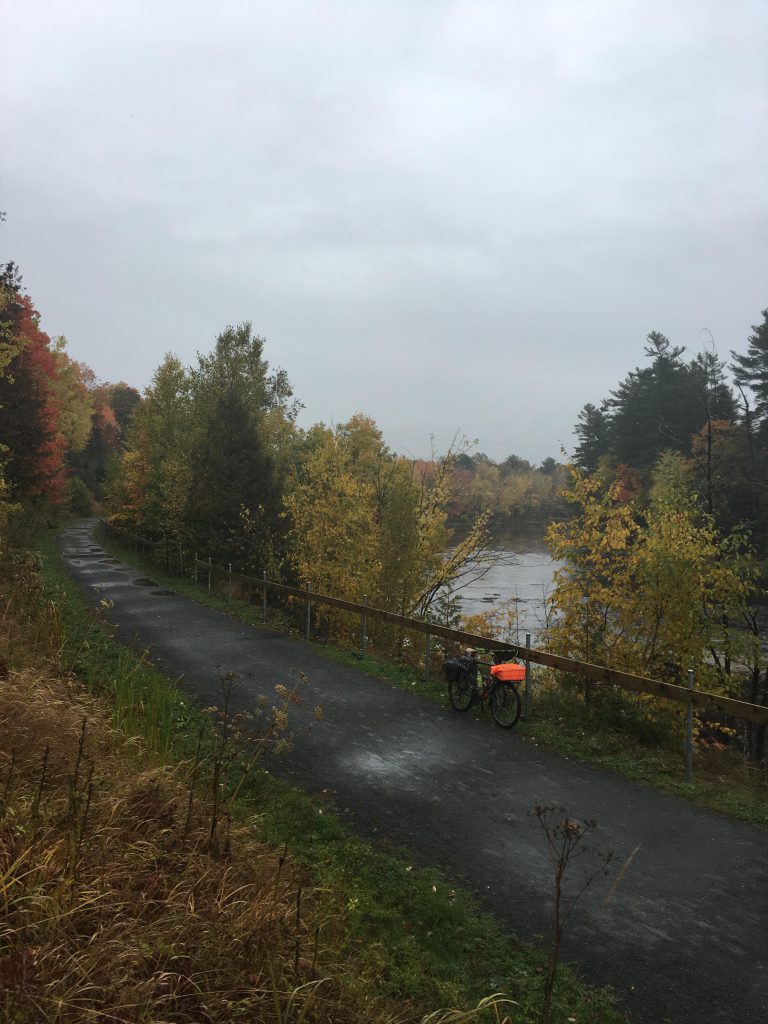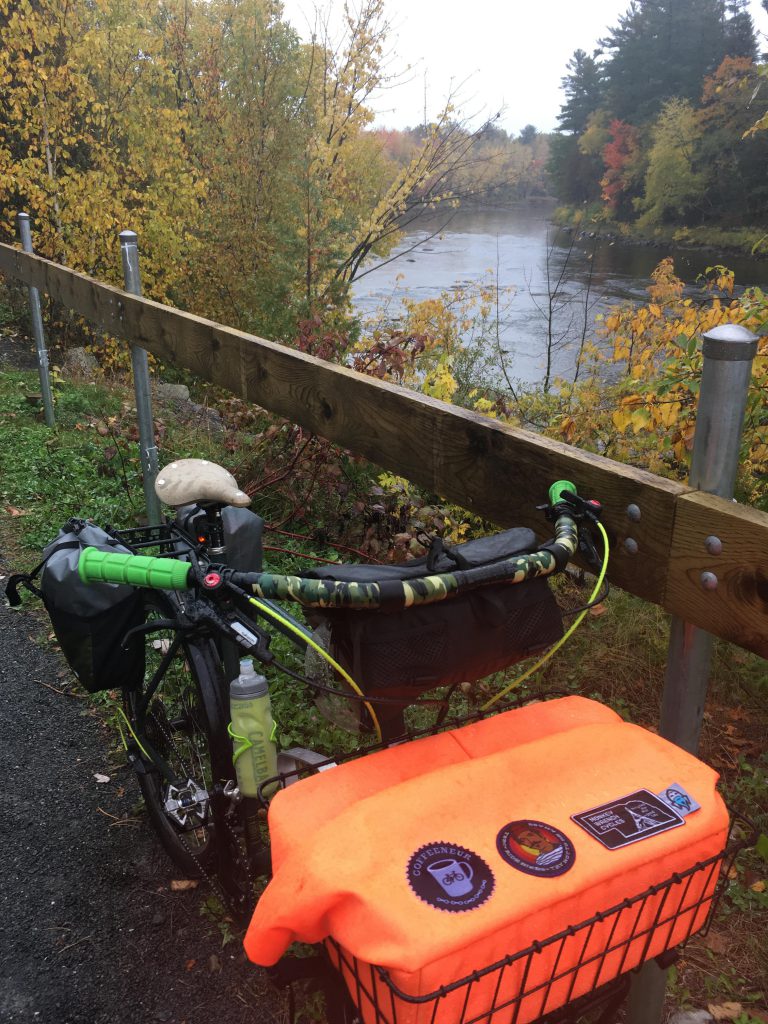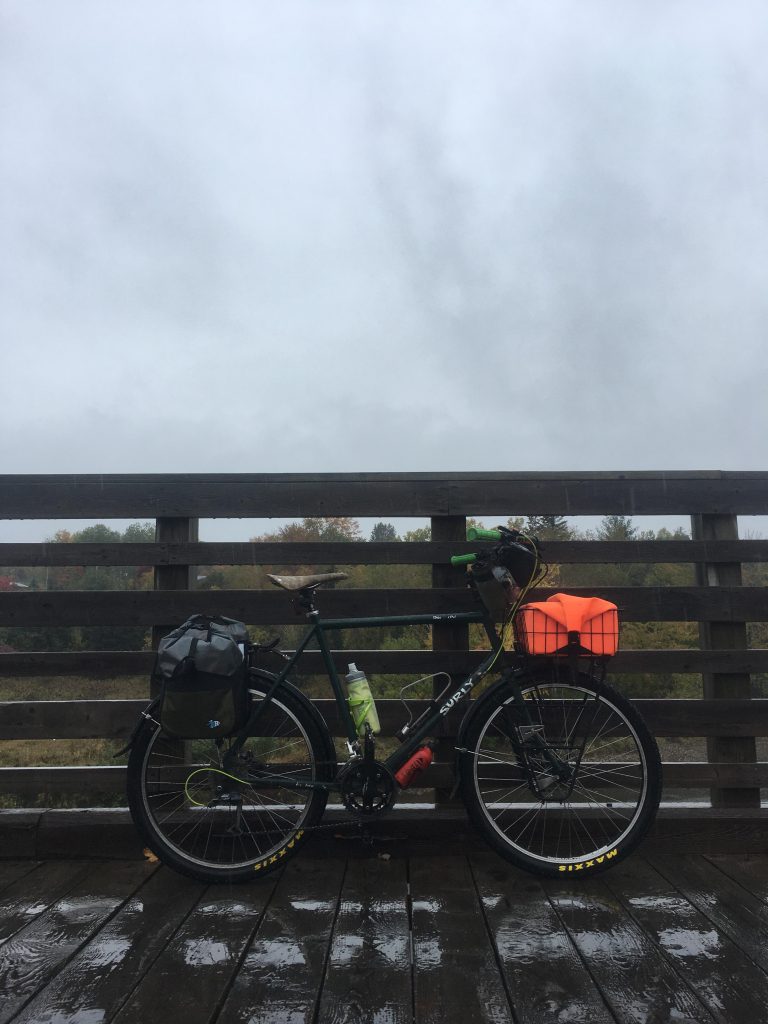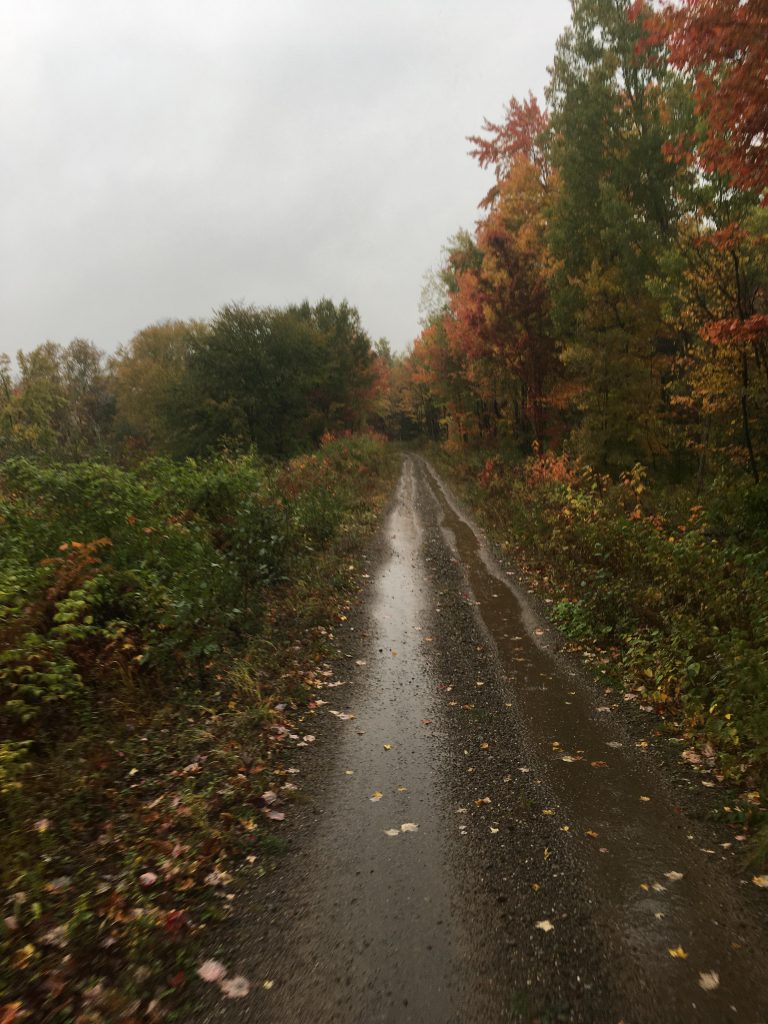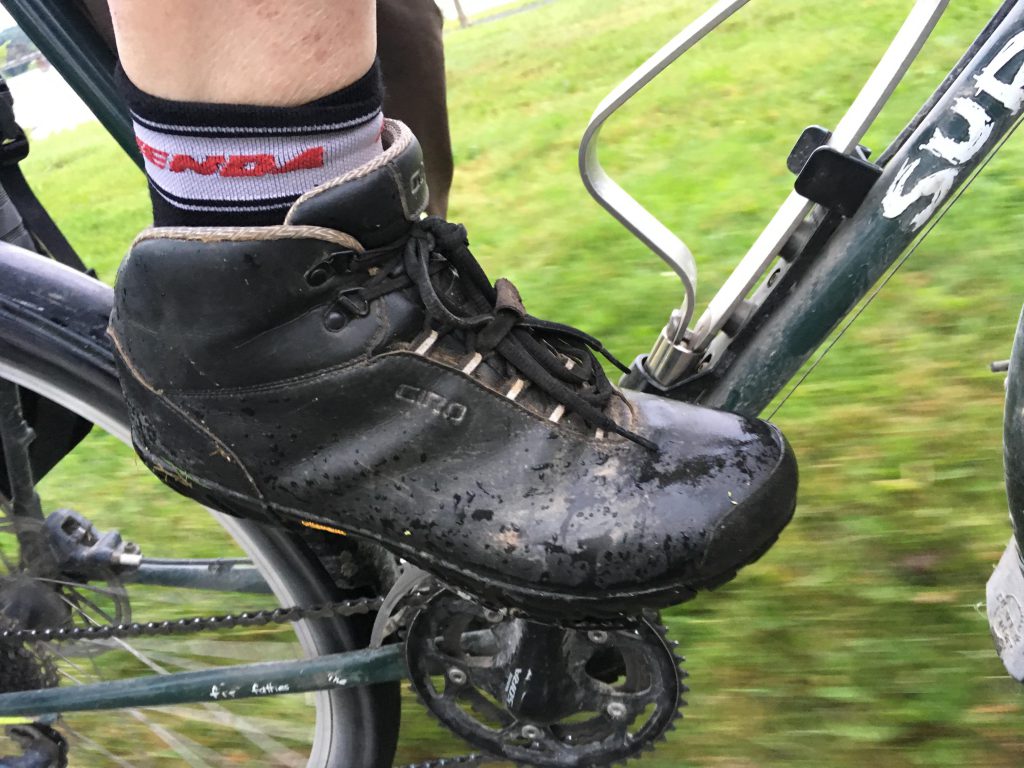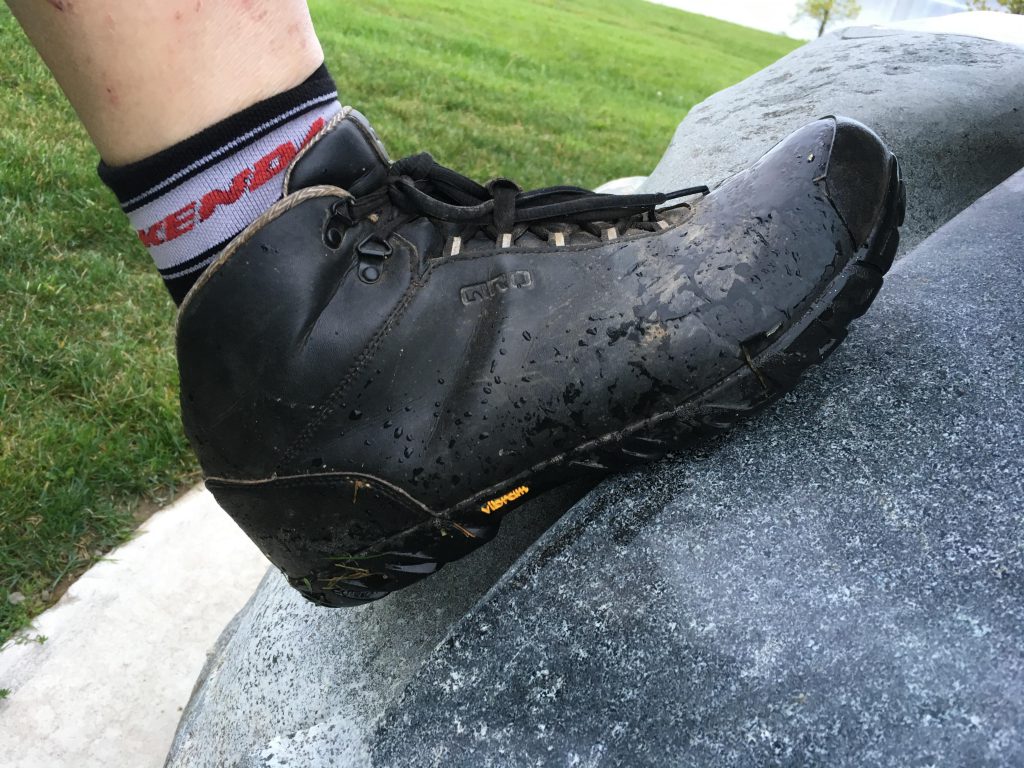Cal Newport talks in his latest post, A Piece of Advice I Wish I’d Included in My Book about leaving your phone in the foyer of your house once you get home.
The Phone Foyer Method: When you get home after work, you put your phone on a table in your foyer near your front door. Then — and this is the important part — you leave it there until you next leave the house.
Several months ago, I started something similar, only, my dresser is where the phone stays. This also happens to be where I charge it. I come home, empty my pockets and leave the phone there and don’t carry it with me around the house or out into the garage or the yard. It’s been great. Very liberating.
Naturally since we’ve all become accustomed to being ‘connected’ all the time, at first there where those pangs of ‘what if I miss a call or a text?’ If I’m inside, I can still hear the ring and go answer if I want, same with a text. If I’m outside – there’s voicemail.
I’ve experienced all the benefits and good mojo Cal mentions in the post in spades. Sometimes, I even put my phone there and – gasp – turn the ringer off.
What’s funny is when my kids or my wife notice it vibrating or ringing and come and find me in a panic – “your phone is ringing – making noises! You’ve got a text!”
“Yep. That’s what it does.” is what I usually say.

